Hand signs, where you use your hands or fingers to express your thoughts or feelings to others, and gestures, where you use body movements or facial expressions instead of words, are great ways to quickly convey your message. However, gestures can vary by region, and not knowing the differences may leave you puzzled or surprised. In this article, we'll introduce some common gestures and hand signs used by Japanese people and explain their meanings.
(1) OK Sign and Gestures
1-1. Making a circle with your index finger and thumb

In Japan, this hand sign, where you form a small circle using your thumb and index finger, is commonly used to indicate agreement or approval – the "OK sign." For example, when someone asks, "Is it okay to do this?" you might say, "It's fine" or "No problem," while making this sign. However, it's usually not used in formal situations or with superiors.
1-2. Raising both hands to make a large circle

Raising both hands and connecting them above your head to form a large circle also means "OK." This is particularly useful when you need to communicate with someone far away and your voice won’t reach them.
1-3. Nodding
Nodding is a gesture used to show agreement or understanding. Often, while nodding, people say things like "Yeah, yeah," "That's right," or "I agree."
1-4. Circle mark for correct answers
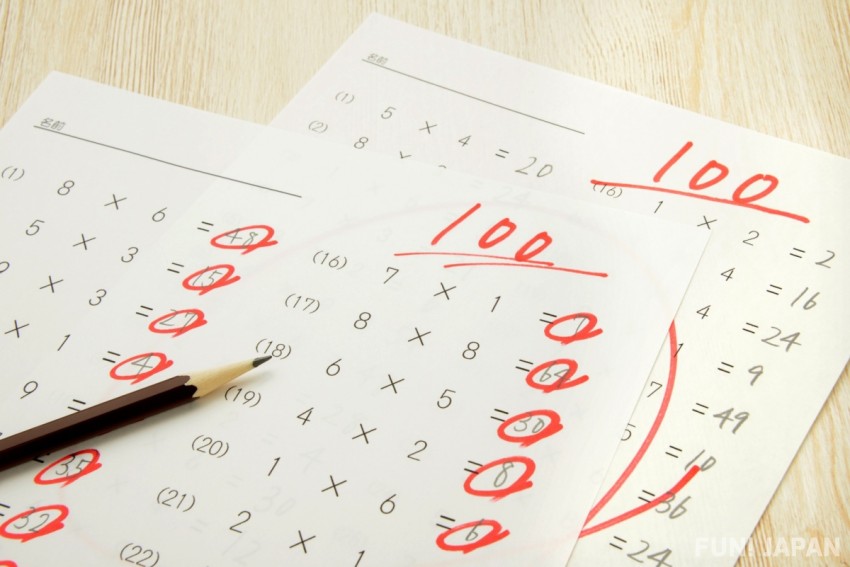
In school exams or tests in Japan, teachers use a "〇" (circle) to mark correct answers, unlike the "✓" commonly used overseas. For wrong answers, "✕" is used, and for partially correct answers, a "△" is marked. In Japan, a circle represents something complete or positive, while a "✕" indicates something wrong, faulty, or rejected.
(2) Gestures and Signs for Negation
2-1. Waving your hand side to side in front of your face
To show disagreement or say "no," people often wave their hand side to side in front of their face. They might also say things like "No, that's not right" or "No, no" when strongly disagreeing.
2-2. Crossing both hands to make an "X"
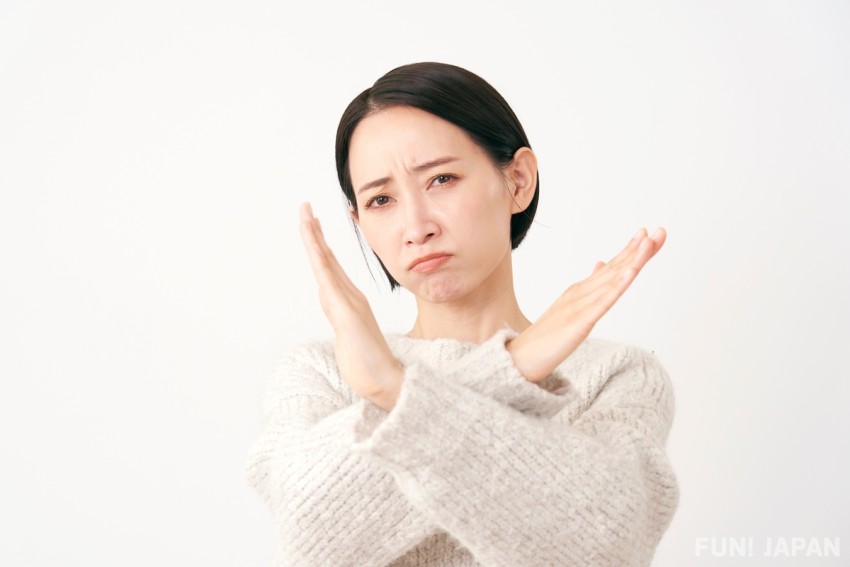
This gesture involves crossing both hands in front of your face to form a large "X" symbol. It’s the opposite of the previously mentioned gesture where you raise both hands to form a circle. It's often used to communicate "no" or "NG" to someone far away. Since it's a big motion, it has a strong impact, so avoid using it with superiors as it may come across as disrespectful.
2-3. Shaking your head side to side
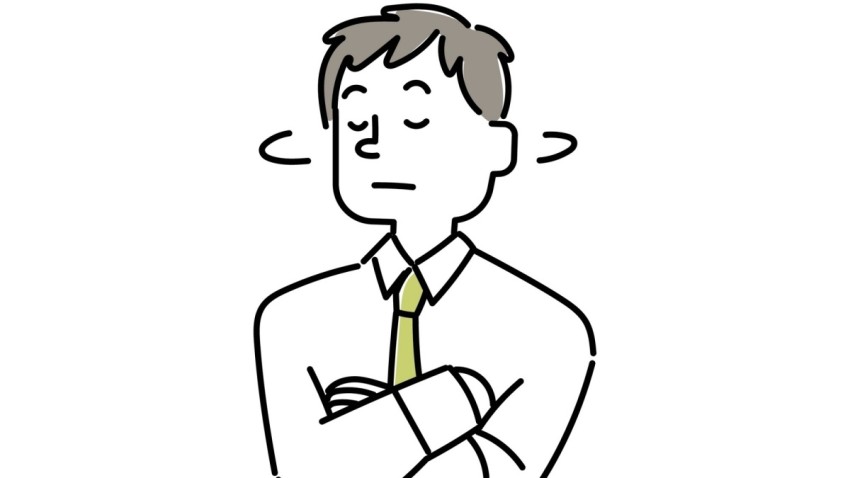
To express disagreement, people shake their head from side to side. The bigger the movement, the stronger the "no" you're conveying.
2-4. Tilting your head at a 45-degree angle when unsure

When someone asks a question and you're unsure how to respond, tilting your head slightly to one side (around 45 degrees) shows uncertainty. People often accompany this gesture with words like "Hmm..." or "I’m not sure," to further express their confusion. Sometimes, they might also fold their arms while doing this.
(3) Hand Signs and Gestures for Money or Payment
3-1. Crossing your index fingers to make a small "X"
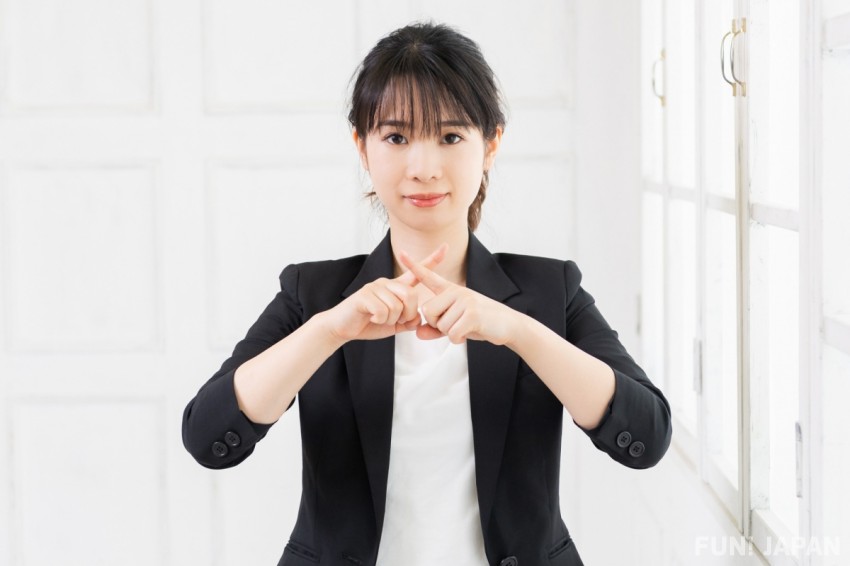
When you want to ask for the bill at a restaurant, you can use this gesture: crossing your index fingers to form a small "X" while saying "Check, please." This motion represents "closing" or "ending," and it's done subtly to signal to the staff without drawing attention. It’s often used by older generations.
3-2. Forming a circle with your index finger and thumb, palm up
Making a circle with your index finger and thumb, while holding your palm up, is a sign that refers to money. For instance, this hand sign can be used in conversations about money, like "I made money from stocks" or "You need money to build a house." It’s also used when you don’t want others to overhear discussions about money.
(4) Gestures and Hand Signs When Interacting with Others
4-1. Waving someone over with your hand
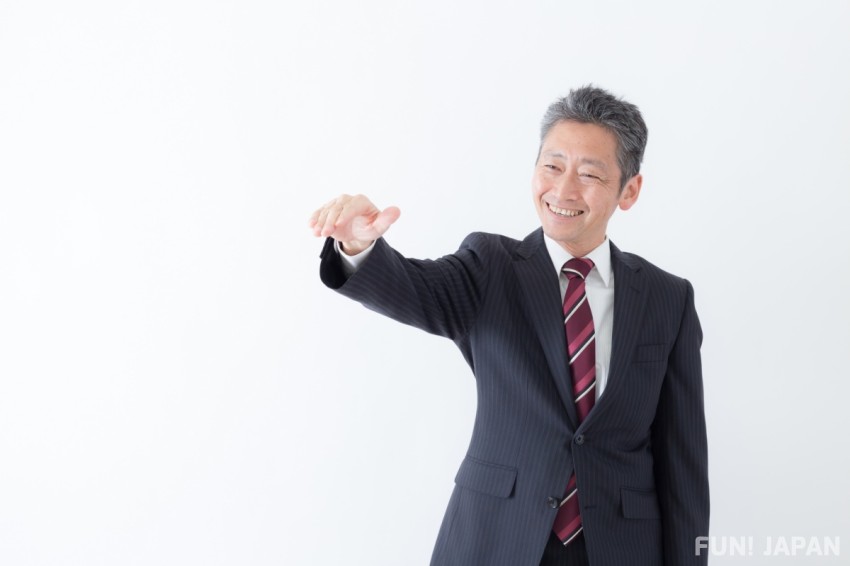
This gesture, meaning "Come here" or "Over here," is used to beckon someone who is a bit far away. With your palm facing down, you move your wrist up and down. Alternatively, you can face your palm upward and motion towards yourself with your index finger. However, it’s not appropriate to use this gesture towards someone of higher status. On the other hand, if you want to shoo someone away, you turn your palm downward and flick your hand away. Although subtle, the movements have very different meanings.
4-2. Pointing to your face or chest with your index finger
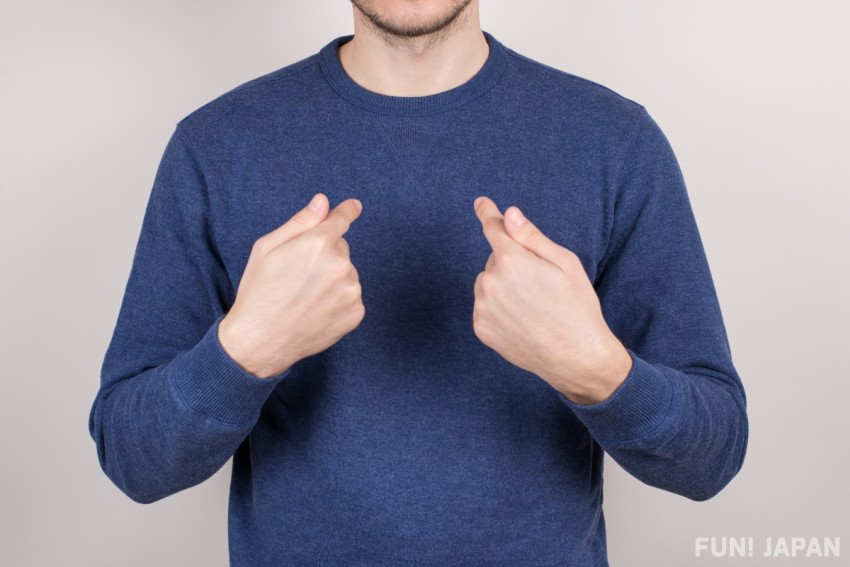
When you are having a conversation and want to tell you that you are yourself, you make a gesture with your index finger to point to your nose, face, and chest. On the other hand, when pointing at the other person, you are referring to the other person's entire nose, face, and chest. In any case, the act of pointing does not make the recipient feel good. I don't do it in public or with my superiors, but I often use it when I'm having a frank conversation with a friend.
(5) Gestures When Walking
5-1. Raising your hand when crossing a pedestrian crossing
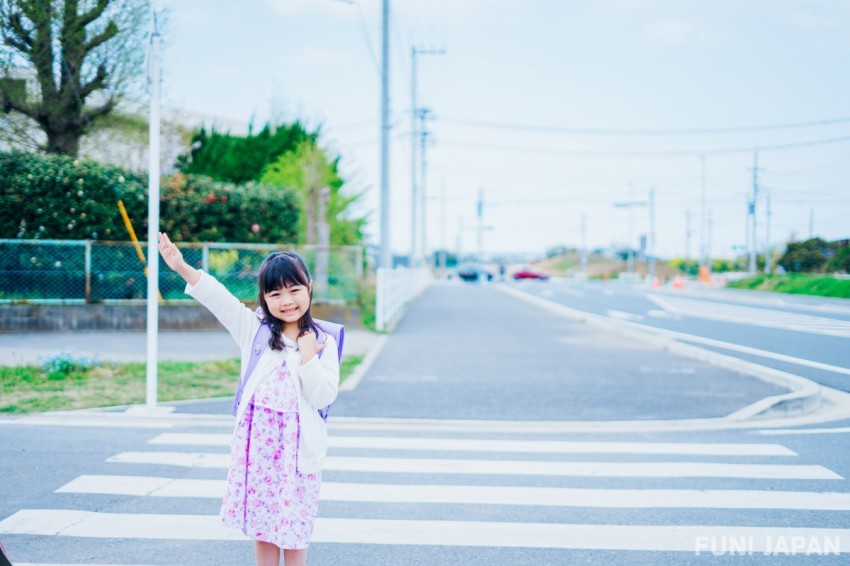
When children cross at a pedestrian crossing, they raise their hand to signal to drivers that they are about to cross or are in the process of crossing. This gesture is particularly used at crossings without traffic lights to ensure drivers see them. Adults, on the other hand, often make eye contact with the driver and give a slight nod instead of raising their hand, or they might briefly raise their hand and then lower it while crossing.
Drivers may also extend their hand forward in a gesture that means "Go ahead," encouraging pedestrians to cross safely. In April 2021, Japan's "Traffic Act" was revised for the first time in 43 years, stating that pedestrians should raise their hand or signal their intent to cross to drivers.
5-2. Moving your hand slightly up and down when passing through people
When passing in front of someone, through a group, or cutting through a crowd, people often make a small vertical motion with their hand held slightly away from their body. This gesture is called "hand blade," and it's seen in sumo matches when the winning wrestler accepts the prize money. It’s used because passing in front of someone is considered impolite. Besides crossing in front of someone, this gesture is also used when apologising or expressing regret, and it leaves a positive impression.
(6) Gestures Referring to a Partner or Lover
6-1. Thumbs up (for a male partner or husband)
The thumbs-up sign represents a male lover. It’s used when you don’t want to say "boyfriend" out loud. This gesture is mostly seen in casual settings like parties or conversations with friends, and is rarely used in formal situations.
6-2. Pinky finger up (for a female lover or mistress)
The pinky finger gesture indicates a female lover. Like the thumbs-up for men, this hand sign is used among close friends in casual conversations. It can also imply a mistress in certain contexts.
(7) Hand Signs for Taking Photos
7-2. Peace Sign

When someone says "Cheese!" while taking a photo, most Japanese people instinctively make a peace sign with their index and middle fingers. Some people use both hands, while others use just one. Sometimes, people place the peace sign on their head to imitate "cat ears." There are variations of the peace sign, like the "reverse peace sign" or "chin peace" where the peace sign is made under the chin.
7-3. Thumbs Up

The thumbs-up gesture, used to show approval or "Like!", is also common during photo sessions.
7-4. Making a Heart Shape with Both Hands

Especially popular among women, using both hands to form a heart shape is a common pose in photos. Two people can also make half of a heart each, forming a complete heart together for the picture.
(8) Inappropriate Gestures
8-1. Pointing at Someone

Pointing at a person or object with your index finger while saying "that" or "this" is considered rude. If you must indicate something or someone, it’s more polite to extend your hand with your palm facing upwards and use your whole hand rather than just a finger.
8-2. Raising the Middle Finger
This gesture is used to express anger, contempt, or insult and should never be used as it can cause great offense. There was even an incident where a soccer fan was banned indefinitely from matches for making this gesture during an official game.
8-3. Thumbs Down
The thumbs-down sign is an extremely offensive gesture, implying something like "Go to hell." It is considered taboo in Japan and many other countries. Known as the opposite of the thumbs-up, this gesture is sometimes used during sports events to show disapproval, often accompanied by booing.
(9) How to Count Using Fingers
There are two methods for counting using fingers: (A) folding the fingers starting from an open hand, and (B) raising fingers from a closed fist.
(A) Folding Fingers from an Open Hand
Start with both hands open and fold only the thumb of one hand.
- Add by folding the index finger, which represents "1" now.
- Add by folding the middle finger, making it "2."
- Add by folding the ring finger, now showing "3."
- Fold all five fingers on one hand, which represents "5."
- While holding the "5" position, fold the thumb of the other hand for "6."
- Add by folding the index finger of the other hand for "7."
- Add by folding the middle finger of the other hand for "8."
- Add by folding the ring finger of the other hand for "9."
- Finally, fold the little finger of the other hand for "10."
(B) Raising Fingers from a Closed Fist
Start with both hands in a fist and raise the index finger of one hand.
- Raise the index and middle fingers straight up, similar to a peace sign.
- Add by raising the ring finger.
- Add by raising the little finger.
- All five fingers on one hand should now be raised.
- While keeping the "5" position, raise the index finger of the other hand and place it on top of the palm.
- Add by raising the middle finger of the other hand.
- Add by raising the ring finger of the other hand.
- Add by raising the little finger of the other hand.
- All ten fingers on both hands should now be raised.
We’ve covered various hand signs and gestures commonly used by Japanese people. How does that sound? Be mindful as some gestures can be offensive, so use them carefully!
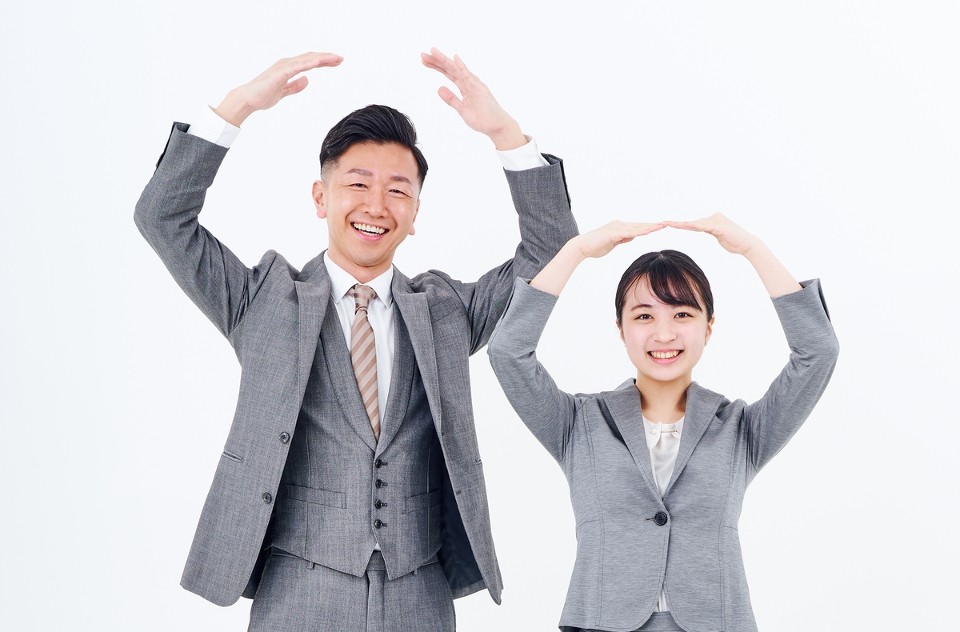

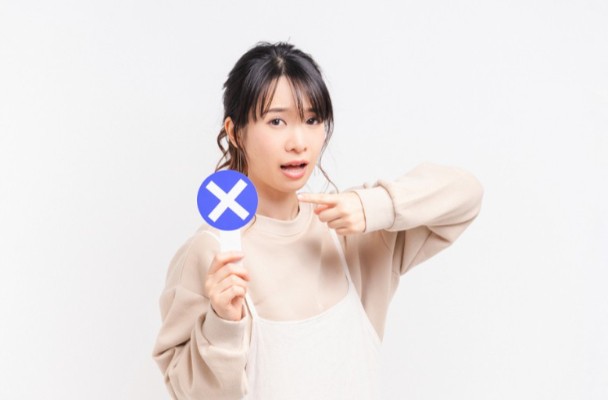
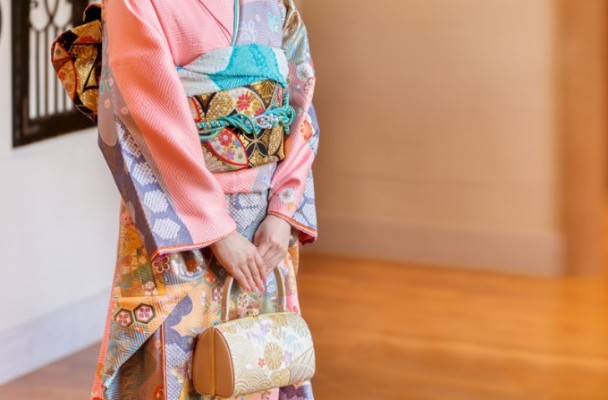


Comments